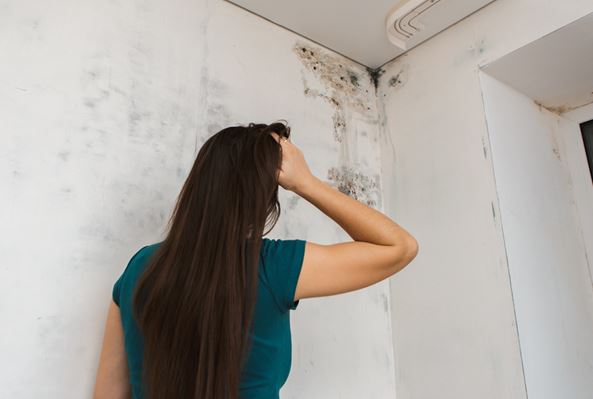 4.6 million out of the 21.8 million cases of asthma reported in 200 in the United States are mold and dampness related. Mold can present numerous other health hazards to the workplace if left undetected. Certain species of mold can be extremely toxic, especially if left to multiply indoors.
4.6 million out of the 21.8 million cases of asthma reported in 200 in the United States are mold and dampness related. Mold can present numerous other health hazards to the workplace if left undetected. Certain species of mold can be extremely toxic, especially if left to multiply indoors.
Nobody feels comfortable working around molds unless they are scientists. Unfortunately, most workplaces operate for long periods without ever realizing that mold has infested the workspaces. But even when you detect this unceremonious inhabitation, you may lack the necessary expertise to deal with the mold.
Indeed, mold in the workplace is bad news for everyone at the office. Use this guide to learn all about this fungus and how to remove it for good.
What are Molds?
Before we get onto the hard part, you must be wondering what molds are. Another name for mold is fungi, and it can be found both indoors and outdoors. Different mold representative species exist that may vary depending on their levels of toxicity. Most times, molds can grow and multiply excessively inside your workplace if the right conditions prevail.
Molds will often thrive in conditions that have a mixture of warm temperatures, between 77 and 86 degrees, and moisture. In most workplaces, such humidity is a result of water leaks or the consequence of flooding. If molds get enough oxygen, then you may end up having to deal with excessive concentration of the fungus.
If you suspect that your workplace may have molds, then taking these steps may be worth considering.
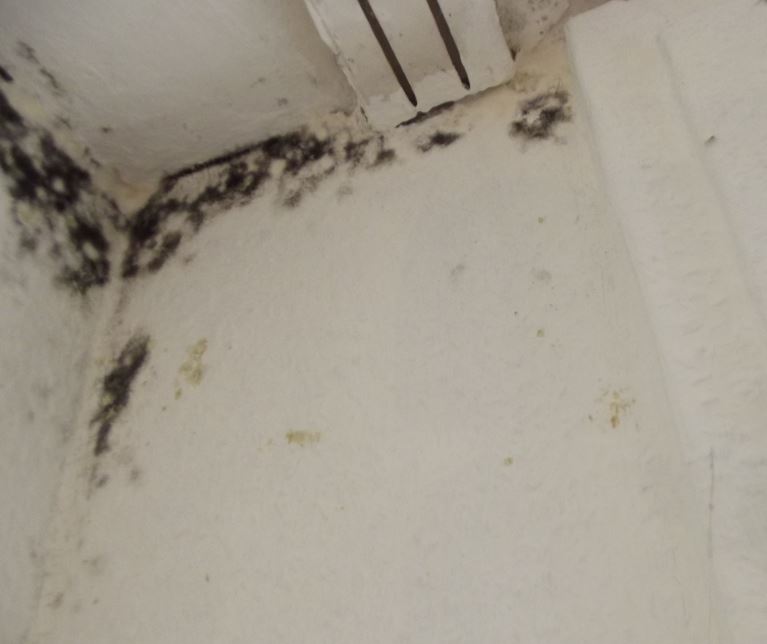
-
Could You Have Mold Toxicity?
Could You Have Mold Toxicity? Symptoms, diagnosis, and solutions are important things to know.
Well, most of the people will often wait until there are clear signs of molds at the workplace before making efforts to locate such fungus. But how can you tell if mold is toxic? Could you or your colleagues be constantly experiencing itchy or watery eyes with runny or blocked noses?
Do you or your employees also have strange instances of sore throat, sneezing, or headaches every time you are in the workplace? The symptoms of mold toxicity also include fatigue, memory problems, and muscle aches. These could be the earliest signs that your workplace has mold. Once these signs have become rather prevalent, it is time to locate the fungus.
-
How to Locate the Mold
The first place you should head to if you suspect that molds are growing in your workplace is the basement. Most workstations use the cellar as the store areas, but often fail to institute the necessary measures to ensure that such areas remain mold-free. If unchecked, the basements are prone to leaks, which may be the beginning of your long- struggle with this mildew.
Crawlspaces may also act as excellent breeding grounds for molds, especially if your work premise is set out in an area that is prone to floods. Once you have confirmed that these spaces are clean, then it is time to introduce a little technology. You can purchase a mold testing kit as one of the easy DIY approaches.
The mold testing kits are available in most hardware and home repair shops. You may have three different options when testing for molds using a piece of equipment. Once you establish that indeed, there could be mold in one or more places in the workplace, it is time to take action.
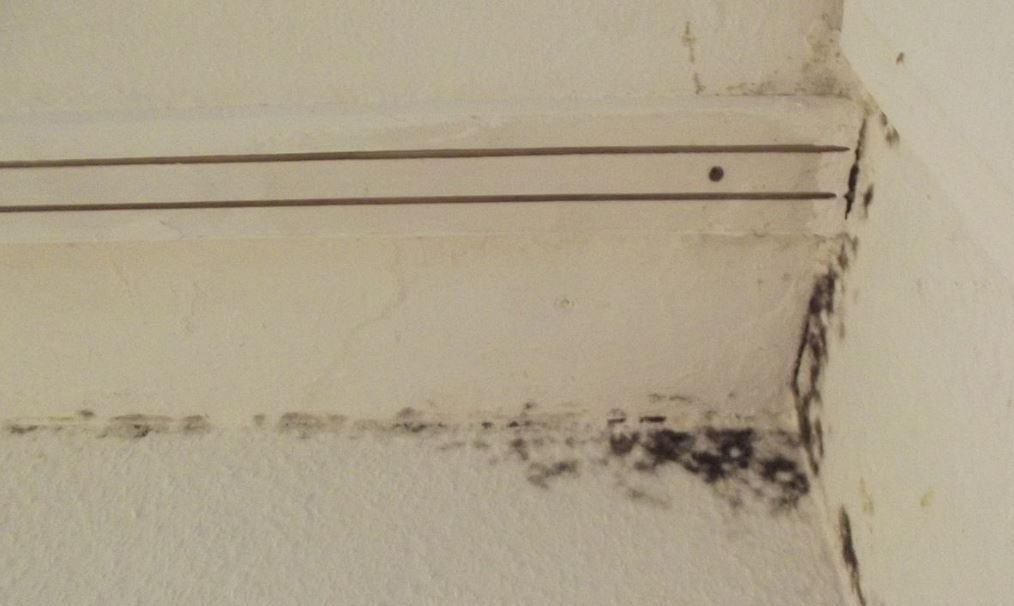
-
Using Hydrogen Peroxide to Remove Mold in the Workplace
Now that you are sure there may be mold in your workplace, you may opt to go the DIY route or call in a specialist. If you consider removing the mold yourself, then hydroxide peroxide may be your first option. You need about 10 percent of the solution to ensure that you clean the specific region conclusively.
The hydroxide peroxide will kill the molds and lighten the stained area in no time. The good thing with hydrogen peroxide is that it is readily available in most shops. While the hydrogen peroxide can do an excellent job with the molds, it may have a bleaching effect on the walls.
The good thing with hydrogen peroxide is that it is non-toxic, meaning it does not have fumes or residue. You can use the hydrogen peroxide safely without the toxic effects that would ordinarily affect the process when using other chemicals.
-
Distilled White Vinegar
You may also have the option of using distilled white vinegar as a probable safe mold removing solution. Distilled white water with vinegar has the level of acidity that can help clear the mold and leave your corners sparkles. If you have been dealing with mold and are unsure of how well to address the issue safely, then distilled white vinegar is your solution.
Vinegar is non-toxic and can be useful in removing even the most stubborn species of molds. Vinegar is environmentally friendly, which means that your employees will be safe even when the solution is applied during working hours. However, your surfaces may require additional scrubbing to clean the walls thoroughly after removing the fungus.
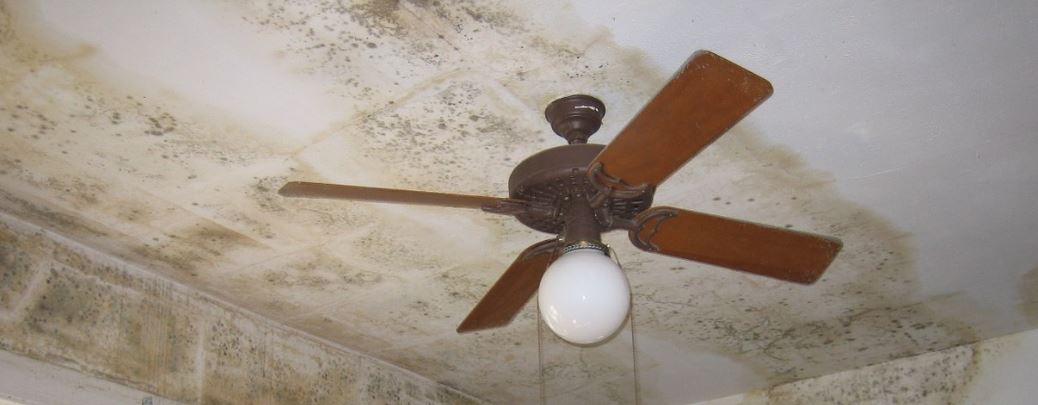
-
Baking Soda
If you are keen on dealing with the mold in the workplace without having to incur high costs, then sodium bicarbonate may be your solution. Baking soda or sodium bicarbonate has a high PH level, which can be useful in inhibiting the growth of molds.
With sodium bicarbonate, you may have fewer concerns to deal with when it comes to mold at the workplace. The fact that baking soda is inexpensive and non-toxic means that you can safely use the solution to address the mold scourge during operating hours.
All you need to do is to mix the baking soda with water in proportionate measures. You can then use the solution to scrub the molds off without having to expose your employees to the extents of toxicity that would ordinarily be present when using chemical sprays.
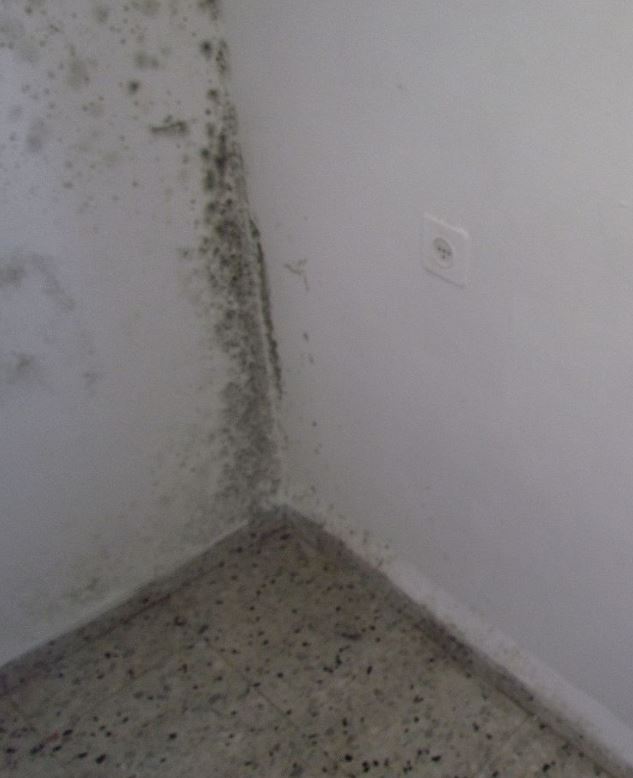
-
Chlorine Bleach
If all these options fail, you may have the choice of using chlorine bleach as a solution. The bleach removes the molds permanently and ensures that all the discoloration is no longer visible. However, this option is harsh on the surface due to the bleaching effect.
The use of chlorine bleach can have high levels of toxicity caused by the dangerous fumes produced during the process of clearing the mildew.
Act Now! Do Not Wait Until Mold Toxicity Causes Health Hazards at Your Workplace
Mold in the workplace can be a significant concern to any employer. The extent of health hazards you are exposed to may be extreme, which may end up affecting your overall level of productivity. You need to act before it is too late.
Now that you know the symptoms, signs, and solutions to molds in the workplace, you no longer have to worry.
Leave a comment on this or other related topics of interest to you. We will be glad to hear from you.

